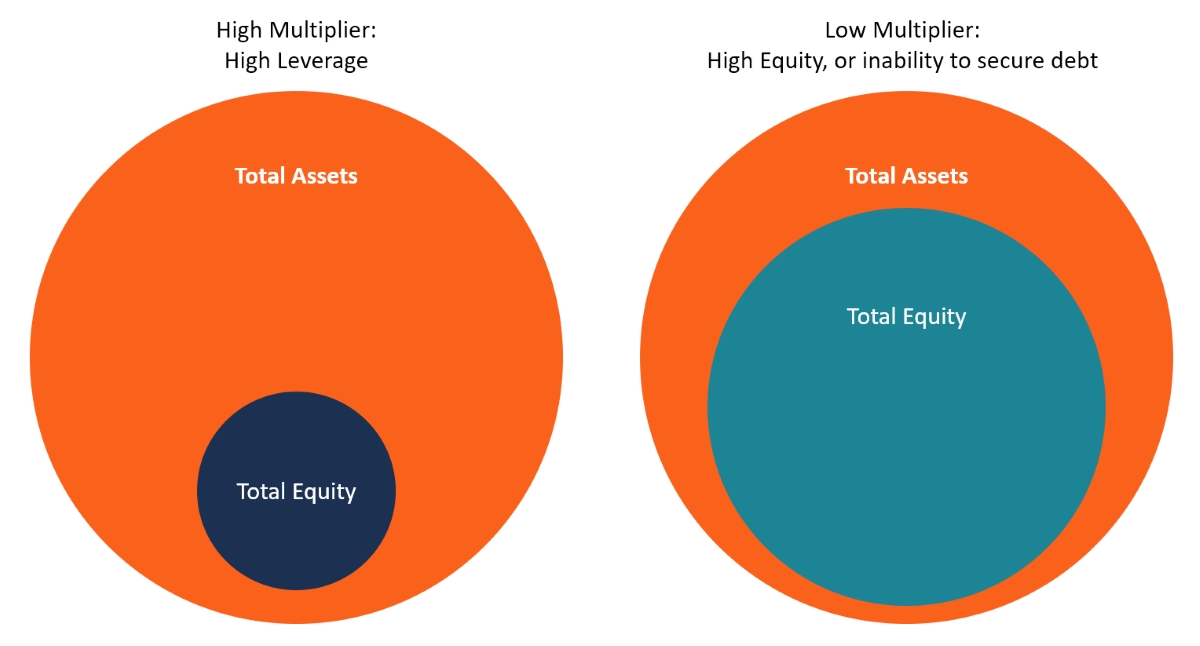Home>Finance>In-Service Withdrawal: Definition, Rules, Taxes & Penalties


Finance
In-Service Withdrawal: Definition, Rules, Taxes & Penalties
Published: December 7, 2023
Discover the definition, rules, taxes, and penalties associated with in-service withdrawal in the field of finance. Empower yourself with valuable insights to make informed decisions.
(Many of the links in this article redirect to a specific reviewed product. Your purchase of these products through affiliate links helps to generate commission for LiveWell, at no extra cost. Learn more)
In-Service Withdrawal: Definition, Rules, Taxes & Penalties
Welcome to our FINANCE blog series, where we explore key topics related to personal finance and investment strategies. In this article, we will be diving into the concept of in-service withdrawal, a financial strategy that allows you to access your retirement savings before reaching retirement age. If you’ve ever wondered how in-service withdrawal works, its rules, taxes, and potential penalties, you’ve come to the right place. Let’s explore this topic together!
Key Takeaways:
- In-service withdrawal is a financial strategy that allows you to withdraw funds from your retirement account while still being employed by the company.
- This strategy can be beneficial if you need immediate access to funds for emergencies, personal reasons, or investment opportunities.
What is In-Service Withdrawal?
In-service withdrawal refers to the ability to withdraw funds from your retirement account while you are still actively working for the same employer. Traditionally, retirement savings are intended to be accessed after reaching a certain age or meeting specified conditions such as retirement or disability. However, some retirement plans offer provisions that allow participants to take advantage of their savings before these milestones are reached.
It is important to note that in-service withdrawals are not available for all retirement plans, and the rules and eligibility criteria can vary depending on your employer’s plan and the type of retirement account you have. Common types of retirement accounts that may offer in-service withdrawal options include 401(k)s, 403(b)s, and 457(b)s. It’s best to consult your plan’s terms and conditions or speak with a financial advisor to determine if your retirement plan allows for in-service withdrawals.
Rules and Eligibility
Each retirement plan’s rules regarding in-service withdrawals can differ, but there are some common eligibility criteria and limitations to consider. Here are a few general points to keep in mind:
- Age Restrictions: Typically, individuals need to be at least 59½ years old to be eligible for in-service withdrawals. However, some plans may offer this option to participants who are under 59½ for specific reasons, such as financial hardship.
- Financial Hardship: Certain retirement plans may permit in-service withdrawals if you experience financial hardship, such as medical expenses, education costs, or preventing foreclosure on a primary residence. Documentation may be required to prove the hardship.
- Contribution Limitations: Some plans may only allow in-service withdrawals from the amounts contributed by the participant and not employer contributions or investment earnings.
- Withdrawal Limits: The amount you can withdraw through an in-service withdrawal may be subject to limitations. Your plan may specify a maximum withdrawal amount or limit the frequency of withdrawals.
Taxes and Penalties
When considering an in-service withdrawal, it’s essential to understand the tax implications and potential penalties that may apply. Here’s what you need to know:
- Taxes: In most cases, in-service withdrawals from retirement accounts are subject to federal and state income taxes. The withdrawn amount is generally considered taxable income in the year of the withdrawal. It’s important to consult with a tax advisor or accountant to understand the specific tax consequences based on your financial situation.
- Early Withdrawal Penalties: If you do not meet the age or qualifying conditions set by the IRS for penalty-free withdrawals (such as financial hardship), you may be subject to an additional penalty on top of the regular income taxes. The early withdrawal penalty is usually 10% of the withdrawn amount. However, there are exceptions, and some plans may waive this penalty for specific situations. Be sure to review your plan’s terms and consult with a financial advisor to understand the implications.
Is In-Service Withdrawal Right for You?
In-service withdrawal can be a valuable financial strategy in certain situations, but it is crucial to carefully consider the pros and cons before making any decisions. Here are a few factors to weigh:
- Emergency Fund: Assess if an in-service withdrawal is necessary to fund unexpected expenses or emergencies. If you have sufficient emergency savings or other means to cover these costs, an in-service withdrawal may not be the best option.
- Long-Term Impact: Consider the potential impact on your retirement savings by withdrawing funds early. Calculate how the withdrawal may affect your future financial stability and retirement plans. Working with a financial advisor can provide valuable insight into the long-term consequences.
- Tax Planning: Consult a tax professional to determine the tax implications of an in-service withdrawal based on your individual circumstances. Understanding the potential tax consequences is crucial for making informed decisions.
Ultimately, the decision of whether to pursue an in-service withdrawal depends on your specific financial needs and goals. Remember to evaluate your options carefully and seek professional guidance to make the best decision for your situation.
We hope this article has provided you with a comprehensive understanding of in-service withdrawal, including its definition, rules, taxes, and penalties. If you have any additional questions or would like to explore this topic further, please don’t hesitate to reach out to a financial advisor or contact us. Stay tuned for more informative articles on personal finance and investment strategies in our FINANCE blog series!




